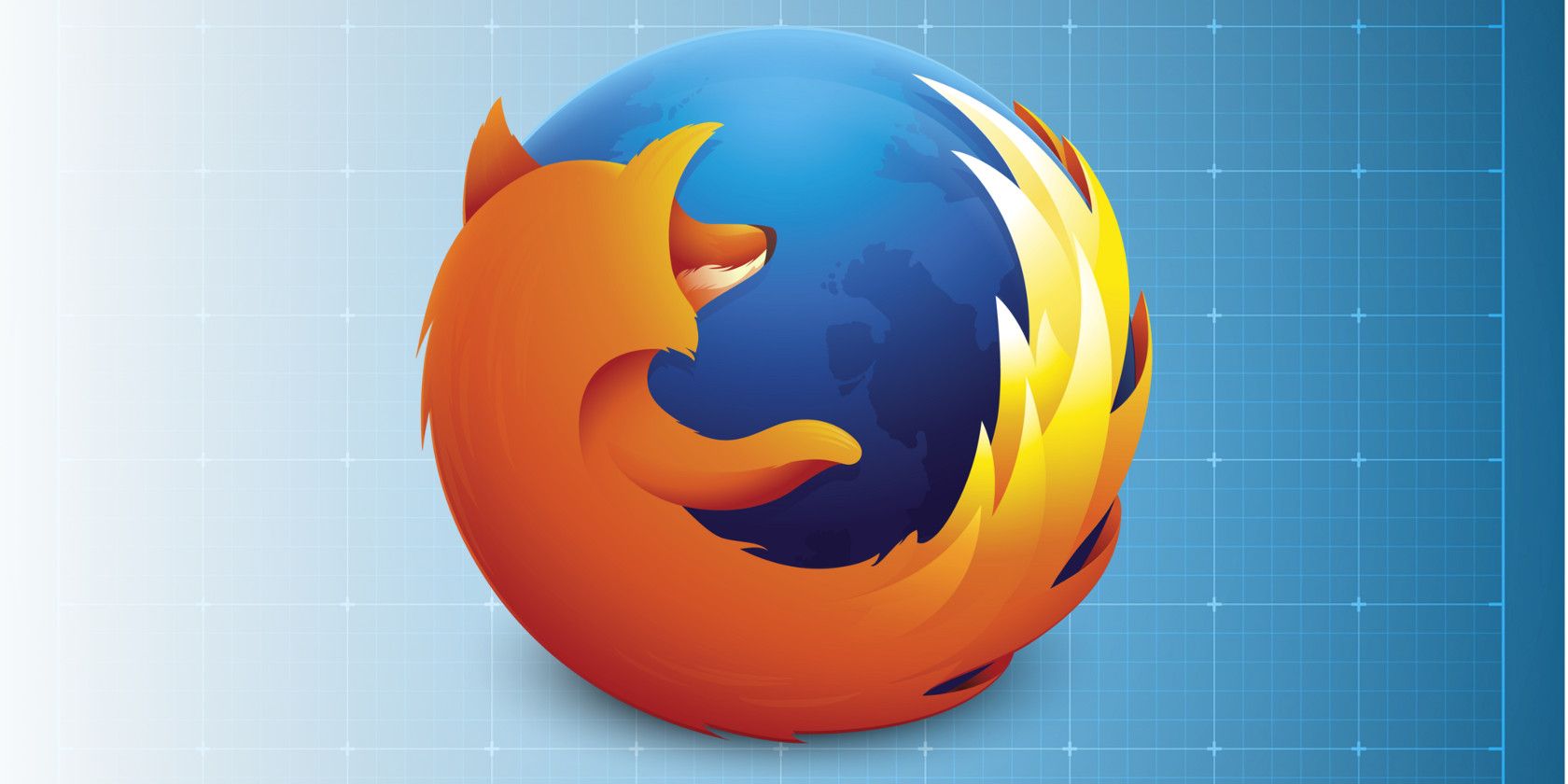
But look a bit deeper, and you'll see a few changes.īy default, Firefox 3.6 looks a lot like its predecessor. The basic interface is largely unchanged, with that God-awful (in Windows Vista and 7, anyway) new toolbar and an old-school menu, both of which are heading to retirement by 2011. If you're familiar with Firefox 3.5 ( see my write-up), version 3.6 won't immediately raise any eyebrows. And if you're already using Firefox, you're going to want to upgrade. For now, we've got the best release yet of what is arguably the best browser on the market. It seems that Mozilla has found a new release cadence with Firefox 3.6, and will now deliver a number of similar updates between now and the eventual 4.0 release. Soon, Mozilla will ship the next update to Firefox, and while the 3.6 version number may not seem like a big deal, there are some interesting changes afoot, both for this version of the browser and for subsequent releases that will come throughout 2010.
/Mozilla_Firefox_Start_Page2-1-5c6586ad46e0fb0001ca8f7f.png)
Until very recently, it was my browser of choice-recent experimentation with Chrome has turned into out-and-out fandom-but I still recommend Firefox to mainstream PC users as the best of the lot, a browser that is readily compatible with the sites that people really visit while providing an extensible UI that lets the browser be whatever it is you want it to be. Firefox is fast, stable, and feature-packed. And its Firefox that is taking up most of the slack. To the wider world, of course, Firefox is the other browser, and while the web browsing market still revolves mostly around IE, the influence of Microsoft's browser is ebbing. It inspired Google to create its own web browser, Chrome, and then of course guided the adoption of key Chrome features like extensions.

It spurred Microsoft to reinvigorate its once-moribund Internet Explorer (IE), resulting in two of the strongest releases of that product. It's hard to overstate the effect Mozilla's Firefox browser has had on the tech industry.


 0 kommentar(er)
0 kommentar(er)
